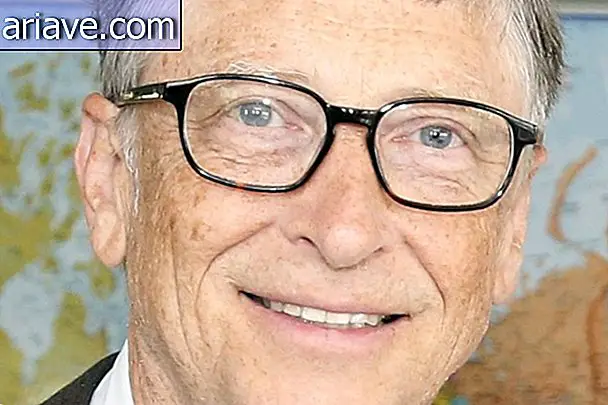Aerial footage shows isolated indigenous tribe in the Amazon
At first glance, it may seem strange to think about it, but there are still hundreds of Brazilian indigenous communities that do not maintain contact with people outside the tribe. One such group is the moxihatetema, which appeared in aerial images released last week.
The village of these Indians is home to about 100 people and is located in the Yanomami Indigenous Land in Roraima. Funai (National Indian Foundation) knew of this group, but it has been over a year since they were last seen.
The tribe seems to be fine and its population is growing. The maloca - circular structure where they live - is larger than seen in the last pictures, which means that more families emerged during this time.
Not all is good news

But monitoring also made us aware of some problems. According to Davi Kopenawa Yanomami, president of the Hutukara Yanomami Association, in an interview with the English newspaper The Guardian, the tribe is in serious danger, mainly due to the presence of miners who are illegally in the area.
One of the biggest risks is disease contamination. As they live in isolation, the organism of these inhabitants has no protection against various diseases. In such cases, illnesses that are not a problem for most people, such as measles or even a cold, can be fatal.
Kopenawa demanded a Federal Government position on the case. Since the beginning of the year, Funai has been using the help of agencies from other countries to reinforce its cash position and be able to keep such projects in place, which monitor indigenous lands to try to prevent invasions.

This is because the foundation's budget for this year was $ 533 million, almost 25% lower than last year and the lowest since 2012. The actions of locating and protecting isolated Indians were exactly the ones that received the most cuts. There was a 44% drop compared to 2015.
That's why some organizations and experts in the field believe that photos can be used to publicize and get support for the cause. In a note, the director of Survival International, an organization dedicated to protecting indigenous peoples, says: “These extraordinary images are proof that more isolated tribes still exist. They are not savages, but complex contemporary societies that must have their rights respected.











